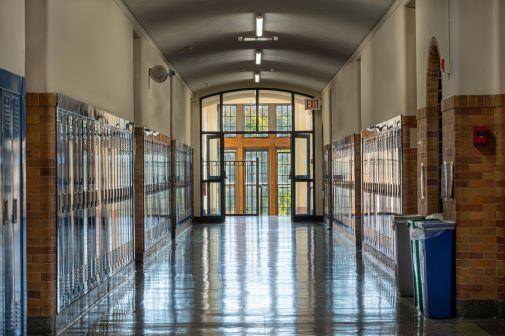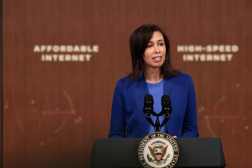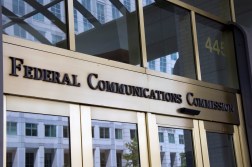Report: FCC chair wants to improve Wi-Fi in schools

The chairman of the Federal Communications Commission plans to propose a regulatory change to promote wireless Internet in American schools, according to The New York Times.
The FCC currently spends $2.4 billion per year to provide schools and libraries with high-speed Internet connections, but none of that has been used to offer wireless service, as the rules governing the E-Rate fund, which subsidizes high-speed Internet connections to schools, prioritizes bringing connections to a school or library over improving networks inside a school.
Quoting an anonymous source within the FCC, the Times said FCC Chairman Tom Wheeler is looking to discuss the issue with the agency’s commissioners during a public meeting July 11, during which he could propose a regulatory change.
Providing students with a strong Internet connection has been a major priority for federal, state and local education leaders who see it as a necessity to keep American students competitive with those around the world.
As more schools districts purchase computing devices for students, the need to keep them adequately connected has caused a strain on the school’s computing infrastructure, which was not intended for hundreds – if not thousands – of students in one location utilizing networks at once.
Only 43 percent of schools say they have adequate connectivity, including Wi-Fi, to allow every student to access the appropriate online educational material, according to a report by nonprofit organizations Education Super Highway and the Consortium for School Networking, the Times said.
The expansion of Wi-Fi will have to be done as schools also upgrade their broadband connections. In the last year, the percentage of schools meeting the current per-student standard for high-speed broadband grew to about 37 percent from 28 percent, said Evan Marwell, the founder of Education Super Highway, in an interview with the Times. At that rate, all schools will meet the standard by 2021 — but by that time, the standard will likely have increased exponentially.
“There is progress being made,” Marwell said. “But the question is, does the commission have enough of a sense of urgency to determine that this needs to be done now?”
Last July, FCC began a review and modernization of the E-Rate program, aiming to eliminate payments for outmoded uses like pagers and directory assistance. The White House announced last June the ConnectED initiative, which aims to connect 99 percent of the nation’s 50 million sstudents with high-speed broadband and wireless networks within five years.
The State Education Technology Directors Association recommends that schools will need external Internet connections to their Internet service provider of 100 Mbps per 1,000 students and staff by 2014 and 2015 and of 1 Gbps per 1,000 students and staff by 2017 and 2018.





